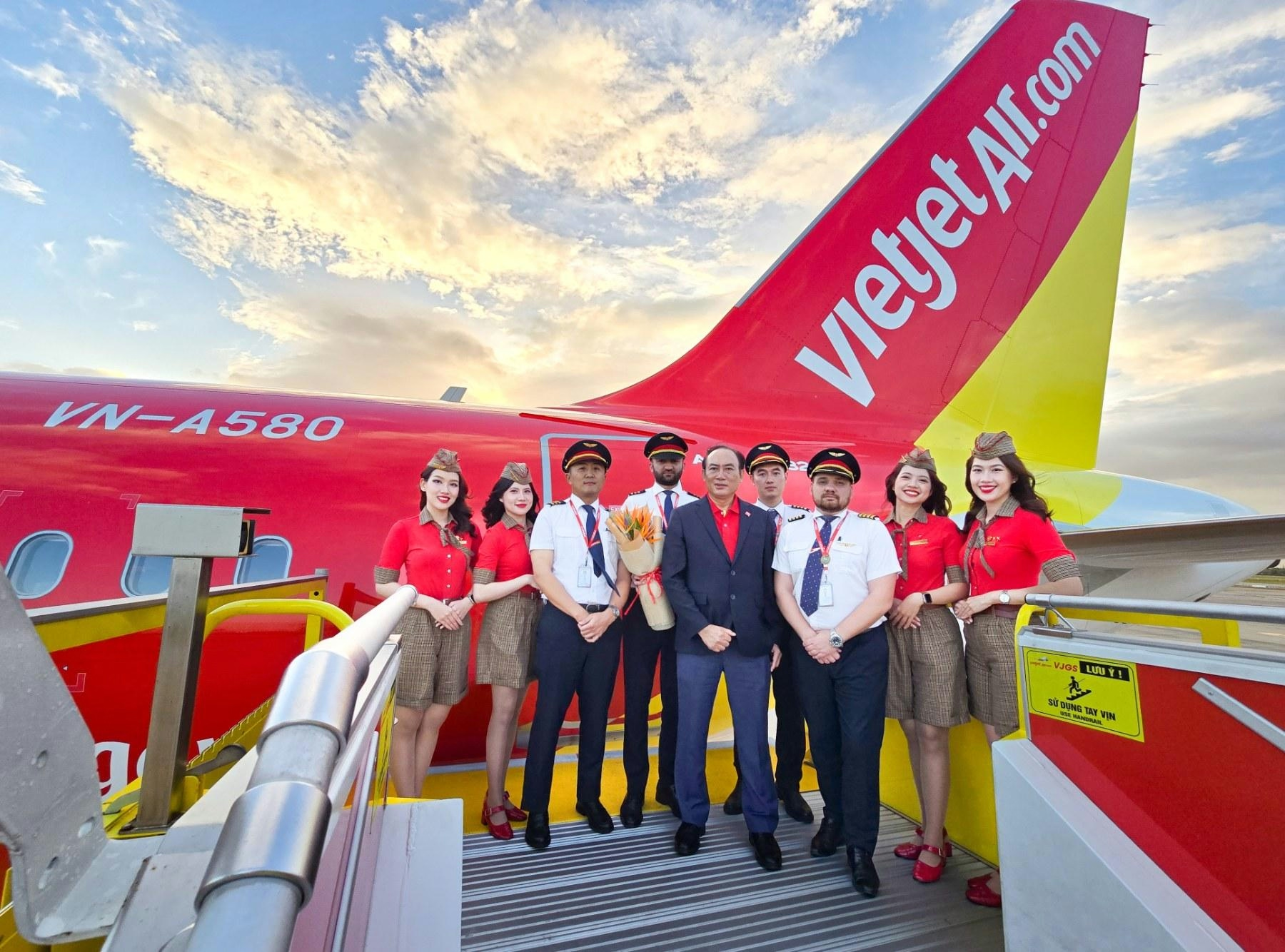
AeroGenie — 您的智能副驾驶。
热门趋势
Categories
Emirates Cancels A380 Aircraft Order
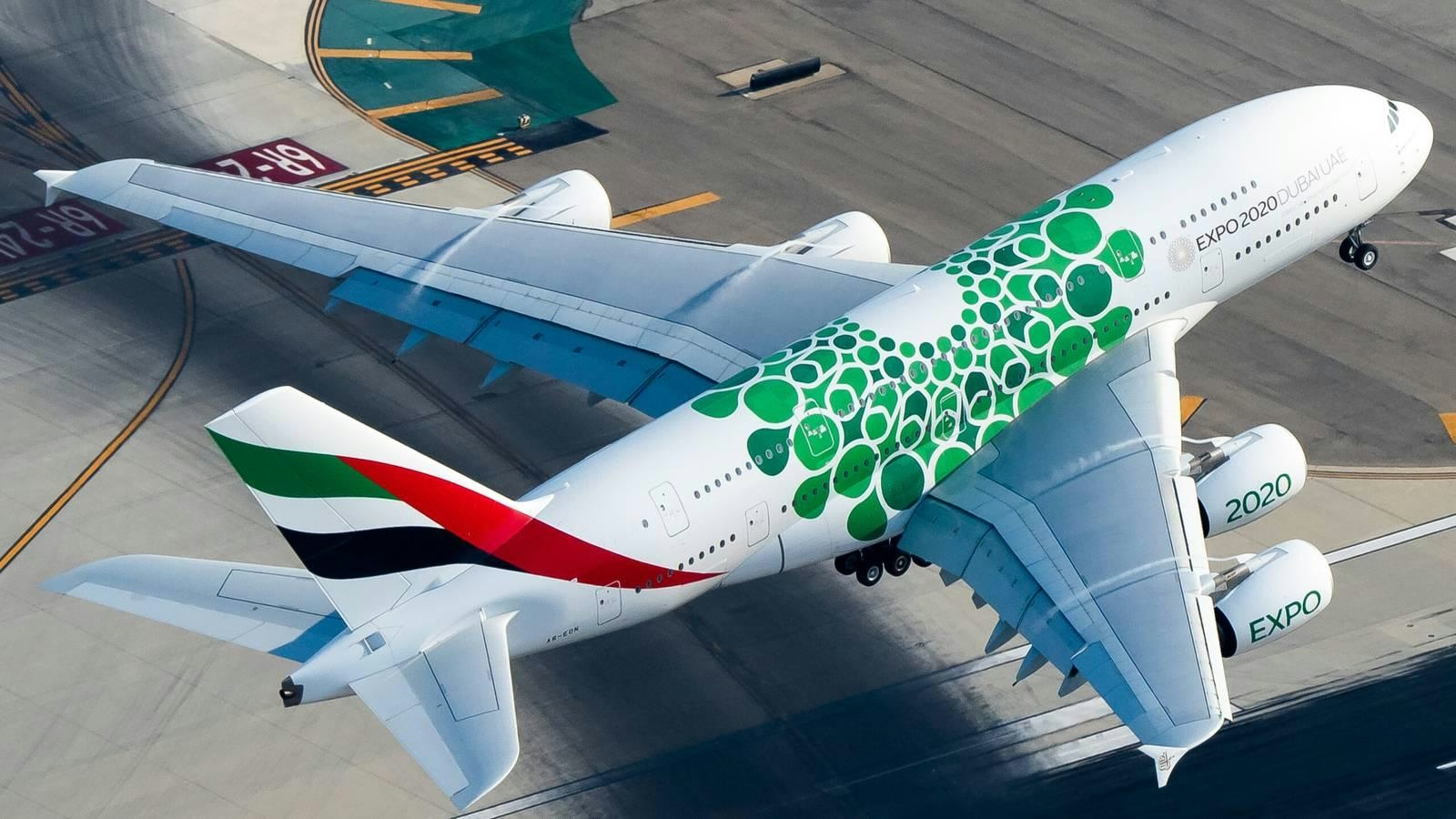
Emirates Cancels A380 Aircraft Order
Emirates, the world’s largest operator of the Airbus A380, has been instrumental in both the ascent and decline of the iconic superjumbo. The airline’s 2019 decision to cancel its remaining A380 orders marked a significant turning point for the world’s largest passenger aircraft, effectively confirming the end of the program and reshaping the future of long-haul aviation.
Emirates and the A380: A Defining Partnership
Emirates’ association with the A380 began even before the aircraft was officially named. At the 2000 Farnborough Airshow, Emirates was among the first to commit to the then-designated A3XX, providing crucial early support that enabled Airbus to launch the program. Over the following years, the airline continued to place substantial orders, including a notable deal in 2001, shortly after the 9/11 attacks.
The A380 quickly became central to Emirates’ operational strategy, allowing the airline to efficiently serve high-demand routes and operate in slot-constrained airports. The aircraft’s size and customizable interiors enabled Emirates to set new standards for onboard luxury, particularly in premium cabins, making the superjumbo a defining element of the airline’s brand identity.
Despite economic challenges and industry headwinds over the past two decades, Emirates remained committed to the A380. Even during the COVID-19 pandemic, when much of the fleet was grounded, the airline continued to support the aircraft. Today, the A380 remains a core component of Emirates’ operations, with the carrier expressing its intention to keep the jet flying for years to come.
The 2019 Order Cancellation and Industry Impact
By early 2019, Emirates entered discussions with Airbus to revise its outstanding A380 orders. This cancellation reflected not only shifting market dynamics but also broader challenges facing the aviation industry. Airlines worldwide have grappled with mounting supply chain disruptions, with analysts projecting these issues could cost carriers more than $11 billion in 2025. Such disruptions have complicated fleet planning and aircraft deliveries, prompting Emirates and others to reassess their long-term strategies.
The repercussions of Emirates’ decision extend beyond Airbus. Boeing’s 777X program, considered by some as a potential successor to the A380 on certain routes, has also faced significant delays. The 777X is now expected to enter commercial service in 2027, a year later than initially planned, potentially resulting in substantial financial charges for Boeing. Emirates’ reevaluation of its fleet composition in light of these delays and cancellations is likely to influence competitors and shape market responses, as airlines worldwide adjust to ongoing production setbacks and evolving passenger demand.
Looking Ahead
While Emirates’ cancellation of its remaining A380 orders signals the end of an era for the superjumbo, the airline continues to operate its existing fleet with pride. As the aviation industry navigates supply chain challenges and shifting demand patterns, Emirates’ strategic decisions will remain closely observed, potentially setting the tone for how global carriers adapt to a rapidly evolving landscape.
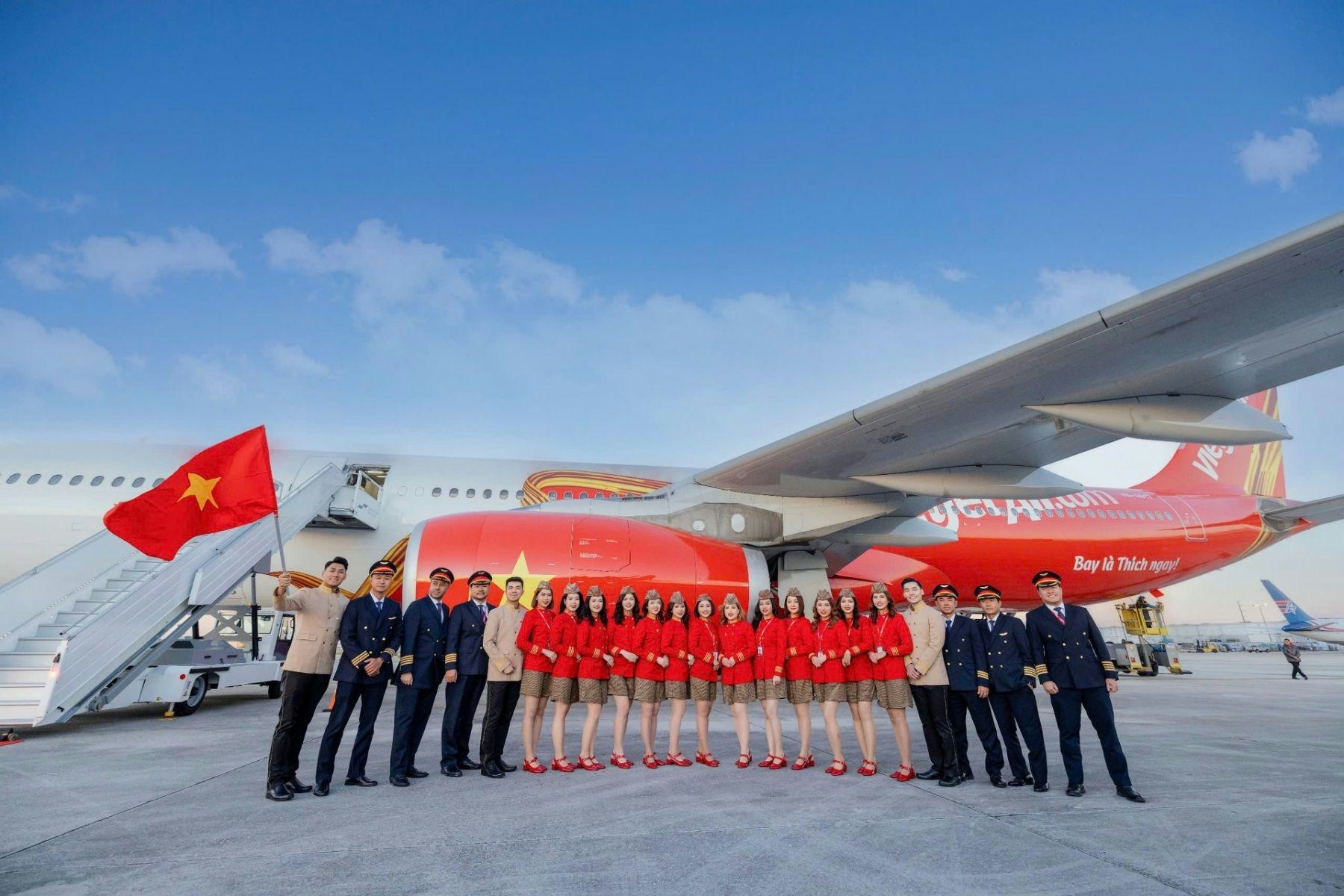
The Leading Widebody Aircraft in Service Today
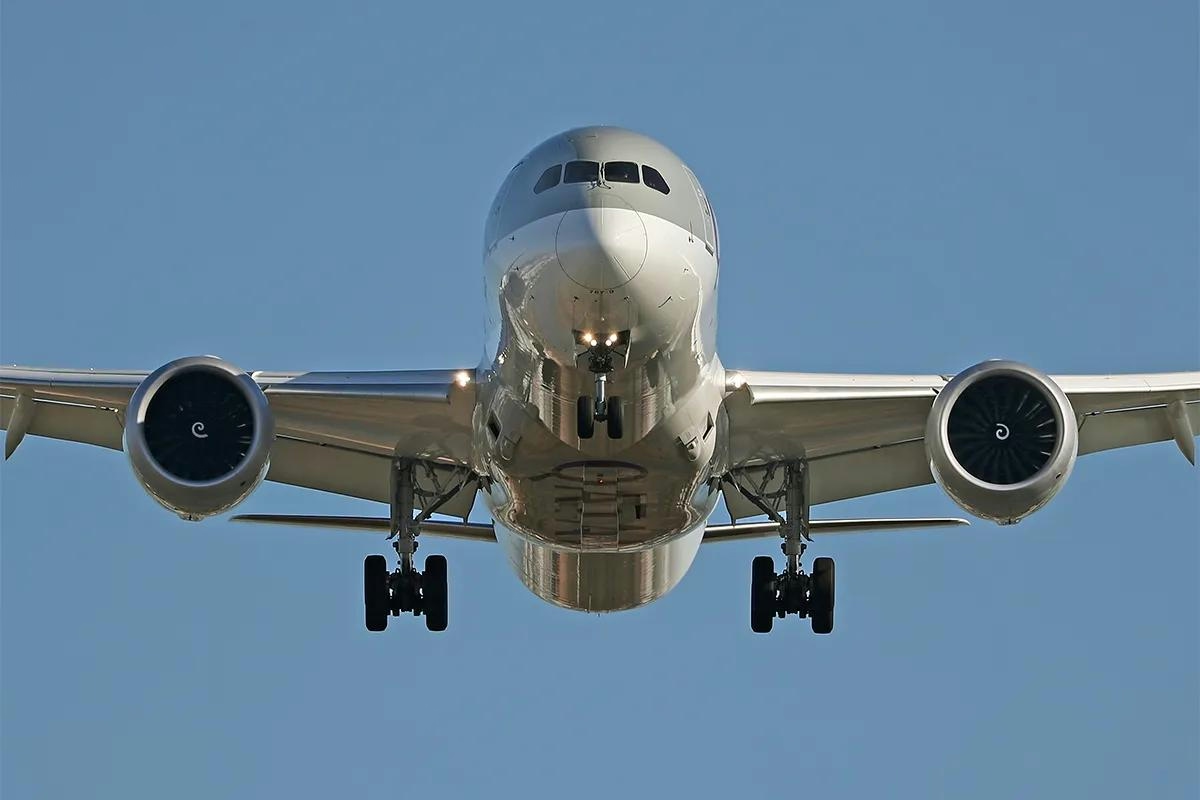
The Fastest Boeing Jet Currently in Service

Quintana Roo Secures $24.3 Million Deal for MRO and Cargo Services
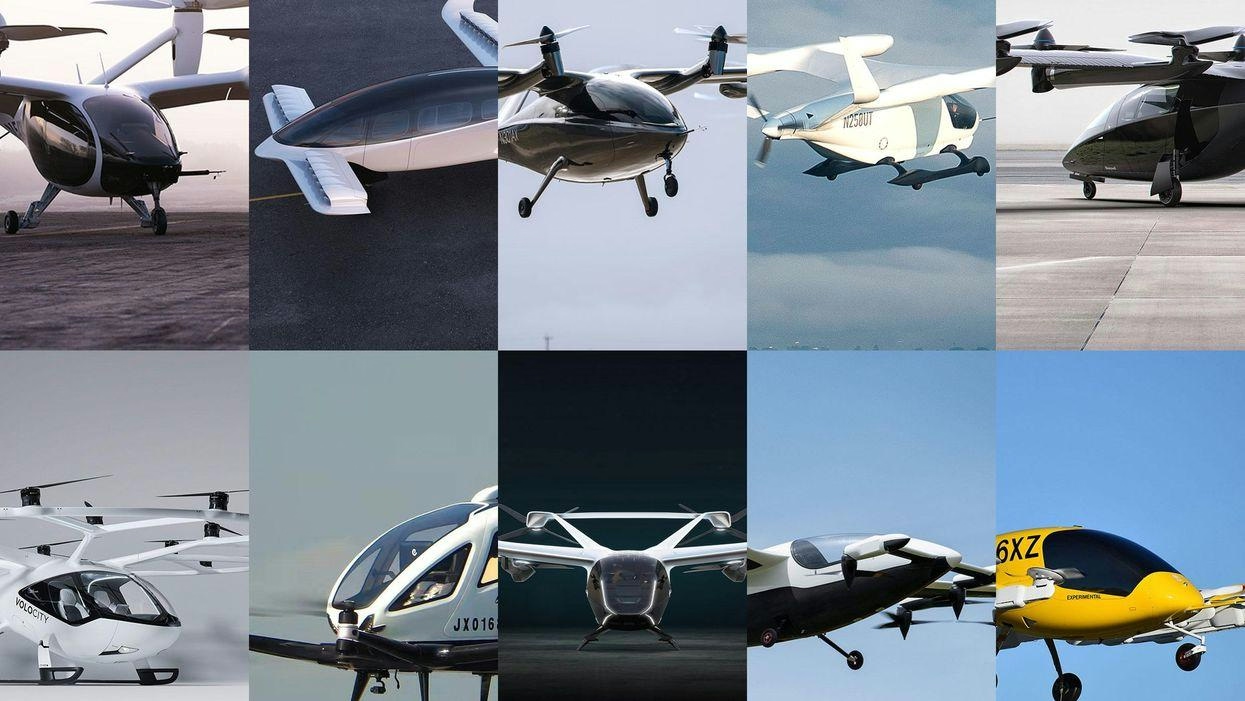
This Week on America Builds: Advanced Air Mobility

Textron Aviation Appoints Justin Salmans Senior Vice President of Supply Chain

Delivery Delays and Canceled SAF Projects Prompt Focus on Fuel Efficiency
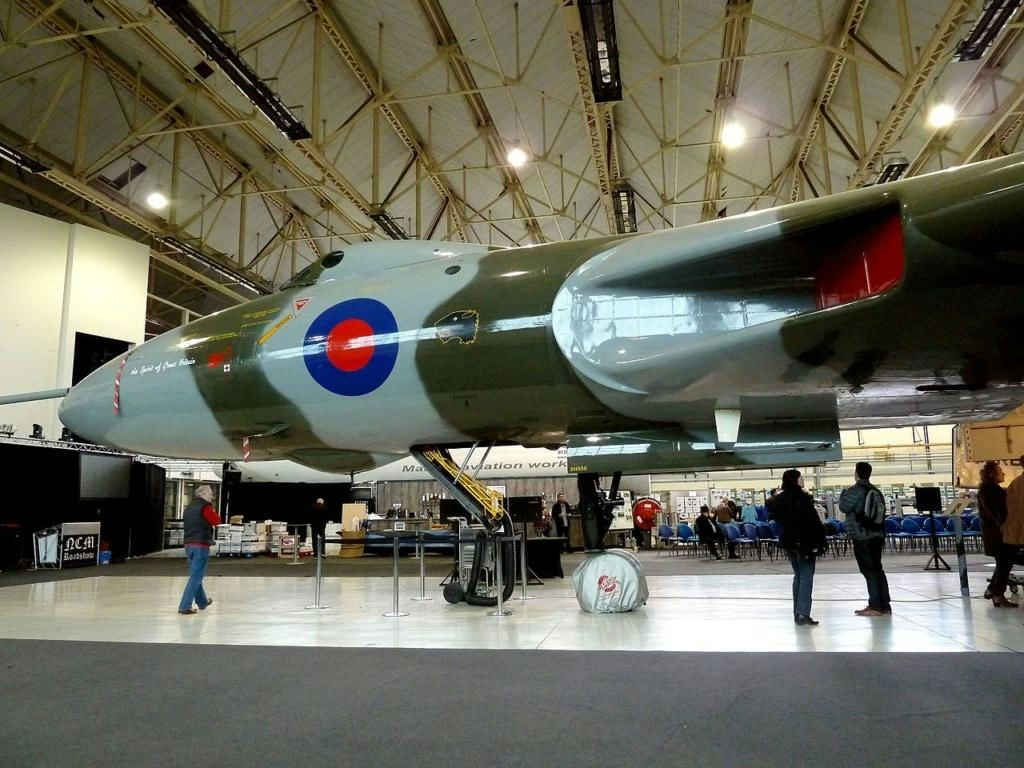
Avro Vulcan XH558 Engine Runs Scheduled at Doncaster Sheffield Airport in 2026
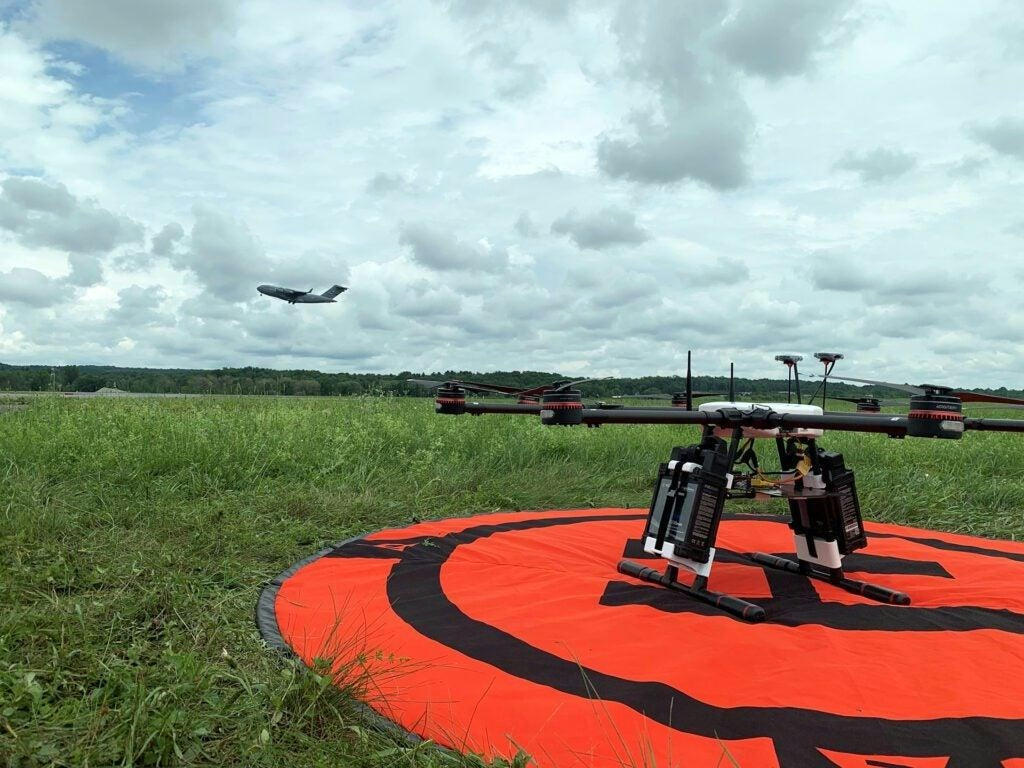
FAA Advances Integration of Manned and Unmanned Aircraft
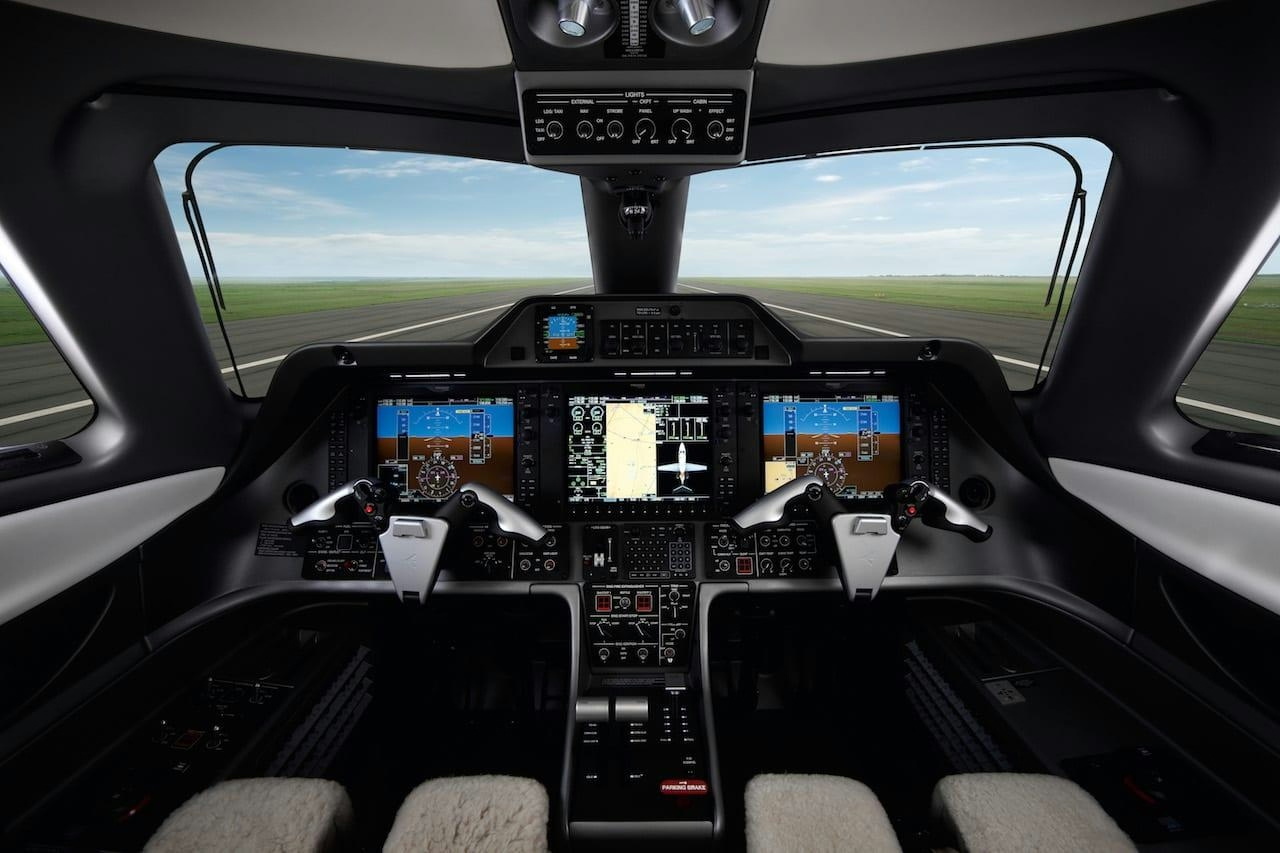
Embraer Unveils AI-Driven Smart Planning Solution
